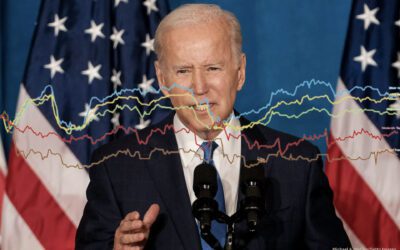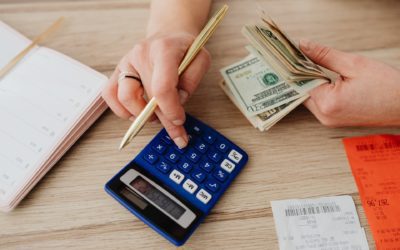A new national poll from Democracy Corps conducted in the days leading up to the GOP convention shows a rise in Hillary Clinton’s negative image and a tightening 3-point presidential race; but this poll reveals no changes to the structure of the race which indicates Clinton can quickly raise her vote and a repudiation of Donald Trump. This national survey of likely 2016 voters was conducted July 13-18; sixty-seven percent of respondents were reached by cell phone in order to accurately sample the electorate.[1]
Three weeks ago, Democracy Corps found Clinton held an 8 point lead in a three-way presidential ballot across the 9 most competitive battleground states and her margin was even greater in our national polling. That advantage has been squeezed by a real surge in Clinton’s negative ratings. Her total unfavorability rose 5 points to 55 percent, and 46 percent now hold very unfavorable views of her. This drop was likely driven by Director Comey’s testimony, though the greatest worry about Clinton concerns the perception that she is part of the political elite that has taken care of itself.

Despite the changed favorability and vote, closer analysis of this survey reveals the structure of the race is unchanged and there are strong indications that the vote will consolidate at a much higher level behind Clinton. In a two-way ballot, Clinton’s margin grows to 7 points (50 to 43 percent); Clinton also has twice as many “winnable” voters as Trump (10 to 5 percent). This race is still shaped by Trump’s high negatives – his unfavorability remains stuck at 60 percent – as well as a Republican Party this is viewed negatively by 51 percent of voters. Half of voters now say they absolutely will not vote for Trump, compared to 43 percent who say that of Clinton, and Trump’s very unfavorable ratings are 7 points higher than Clinton’s. Finally, Trump’s vote in the 3-way ballot is stuck at around 40 percent. Nothing has changed that as the two parties enter their conventions.

[1] National likely voter survey conducted by Democracy Corps, June 13-18, 2016. Respondents who voted in the 2012 election, 2014 election, or registered since the 2014 election were selected from the national voter file. Likely voters were determined based on stated intention of voting in 2016. Margin of error for the full sample = +/-3.27 percentage points at 95% confidence. Sixty-seven percent of respondents were reached by cell phone, in order to account for ever-changing demographics and accurately sample the full electorate.




